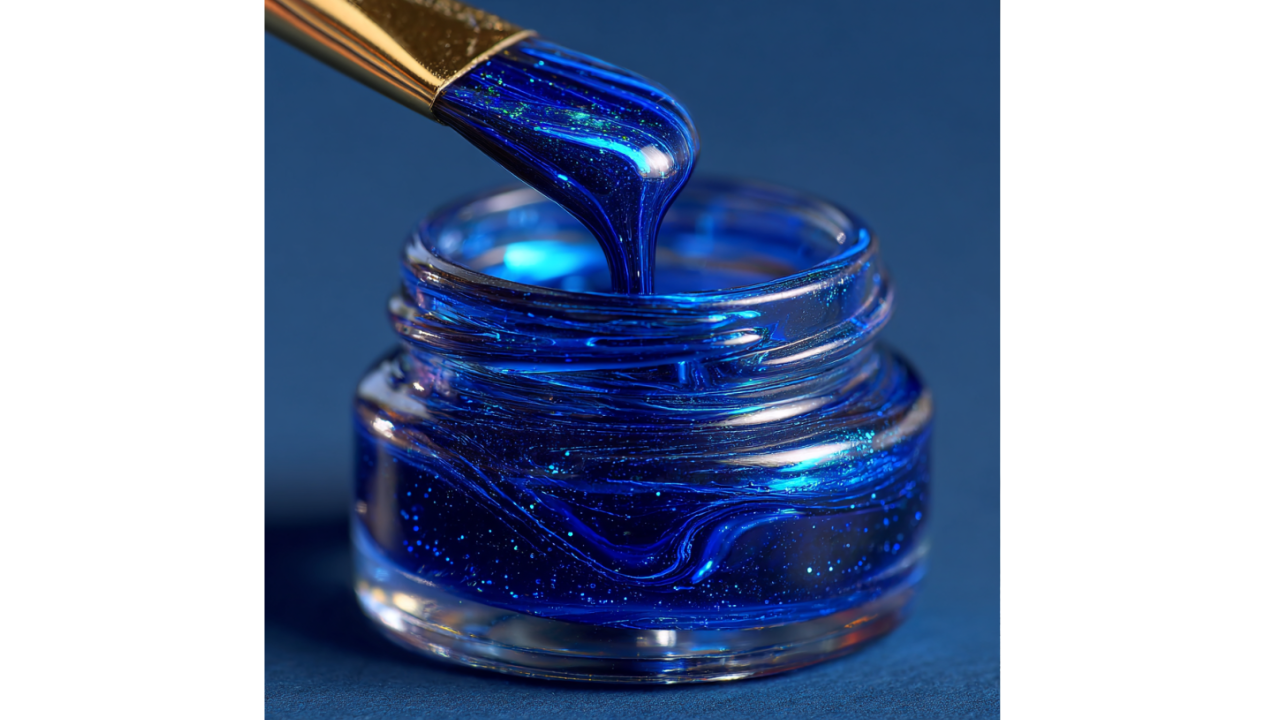Satya Nadella Promises a "Completely New Microsoft"
Microsoft CEO Satya Nadella has announced that Microsoft will become "a completely new company, effective immediately," positioning the tech giant as...

Microsoft announced this week that Paint—the 40-year-old bitmap editor bundled with Windows—is getting an AI feature called "Restyle" that transforms images into different artistic styles. You open Paint, select an image, choose from preset styles like "Pop art," hit Generate, and the AI processes your photo into a stylized version.
This is available exclusively on Snapdragon-powered Copilot+ PCs, requires a Microsoft account login, and is currently rolling out to Windows Insiders.
Let me be clear: this is not an innovation. This is Microsoft bolting generative AI onto software that doesn't need it, can't support it well, and now requires cloud authentication to perform a task that used to happen locally and instantly.
Paint has survived four decades because it does one thing well: quick, local, no-friction image editing. Need to crop a screenshot? Paint. Draw a simple diagram? Paint. Resize an image? Paint. It opens instantly, requires no setup, and works offline.
The entire value proposition of Paint is simplicity. It's the tool you use when Photoshop is overkill and you just need to do something basic without thinking about it.
Restyle breaks that contract. Now, instead of opening Paint and editing your image, you open Paint, sign in with your Microsoft account, select Restyle from the Copilot menu, choose a style, wait for cloud processing, review the generated options, and then add it to your canvas.
That's not simpler. That's adding six steps, account authentication, and network dependency to a tool that used to work in two clicks offline.
Restyle only works on Snapdragon-powered Copilot+ PCs—Microsoft's new ARM-based Windows machines with dedicated AI accelerators. This isn't a technical limitation. Image style transfer has been possible on standard CPUs and GPUs for years. Apps like Prisma, Deep Dream, and dozens of others have been doing this on smartphones since 2016.
The Snapdragon requirement is market positioning. Microsoft wants to create AI-exclusive features that justify buying Copilot+ PCs. But instead of building features that leverage local AI acceleration meaningfully—like real-time video enhancement, on-device language translation, or instant background removal—they're adding cloud-dependent style filters to Paint.
This is using AI to create artificial product segmentation, not to deliver meaningful capability improvements.
Restyle requires signing in with your Microsoft account. For a feature in Paint. A local application that has never required authentication in its 40-year history.
Microsoft says this is necessary for cloud processing. But the real reason is data collection and user tracking. Every time you use Restyle, Microsoft knows what images you're processing, what styles you prefer, and how you're using the feature. That data feeds back into model training, user profiling, and product analytics.
According to a 2024 report from Privacy International, Microsoft has systematically expanded account requirements across Windows features to increase data collection and lock users into their ecosystem. Features that used to work locally now require cloud connectivity and authentication, not because it's technically necessary, but because it serves Microsoft's business model.
Requiring sign-in for Paint isn't about functionality—it's about converting a local tool into a data collection endpoint.
Let's assume you actually want AI-powered art style transformations. There are dozens of apps that do this better than Paint ever will:
Paint's version of this—preset styles, no control, cloud-dependent—is the worst possible implementation. It's not fast enough to be casual. It's not powerful enough to be professional. It's not simple enough to justify its existence in Paint.
The only reason to add this feature is to say "Paint has AI now" in a press release. That's marketing, not product development.
Restyle is a symptom of a larger problem at Microsoft: they're adding AI to everything, whether it makes sense or not, because the strategy is presence rather than utility. Copilot in Windows, Edge, Office, Paint, Photos, Notepad—it doesn't matter if the feature improves the product. What matters is that AI is everywhere, so Microsoft can claim they're leading in AI integration.
This is the opposite of good product design. Good products solve specific problems elegantly. They add features that make the core experience better, not busier. Paint worked because it was lean, fast, and predictable. Restyle makes it none of those things.
The irony is that there are useful AI features Microsoft could add to Paint:
These would improve Paint's core use cases—quick edits, simple fixes, casual image manipulation. They could run locally on modern hardware without cloud dependency or authentication. They would make Paint better at being Paint.
But Microsoft didn't build those. They built style filters that require internet, authentication, and specific hardware because those features serve Microsoft's ecosystem lock-in strategy—not users' actual needs.
Restyle is rolling out to Windows Insiders first—Microsoft's program where users test pre-release features and provide feedback. This is framed as community engagement. What it actually is: free quality assurance labor.
Microsoft is asking users to test half-baked AI features, file bug reports, and validate product direction without compensation. Then they'll use that feedback to refine the feature before broader release. The Insiders get "early access." Microsoft gets free user research and testing at scale.
This model works when the features being tested are genuinely useful and the feedback loop improves products users care about. It falls apart when the features are marketing-driven additions that don't solve real problems. Restyle is the latter.
If Microsoft wanted to make Paint better, they'd focus on what people already use it for:
None of these require AI. All of them would make Paint meaningfully better at its core job. But they're not flashy. They don't justify Copilot+ PC purchases. They don't create data collection opportunities. So Microsoft builds Restyle instead.
This is the third or fourth time Microsoft has added AI features to basic Windows utilities in the past six months. Notepad got Copilot text suggestions. Photos got generative fill. Now Paint gets style transfer. Each feature requires authentication. Each works only on specific hardware or with cloud connectivity. Each adds complexity to tools that succeeded because they were simple.
This isn't innovation—it's colonization. Microsoft is converting local utilities into cloud-dependent services that collect data and drive hardware purchases. The AI features are the justification. The real goal is ecosystem lock-in.
Individually, Restyle is trivial. It's a mediocre feature in a legacy app that most professionals don't use. But it's part of a pattern: Microsoft is systematically degrading the simplicity and local-first design of Windows utilities to make room for AI features that serve the company's strategic goals rather than users' practical needs.
If this continues, Windows will become an OS where even the simplest tasks require internet connectivity, account authentication, and specific hardware. Where tools that used to work instantly now wait for cloud processing. Where features exist to generate data and drive platform adoption rather than solve user problems.
That's not a better operating system. That's an operating system optimized for Microsoft instead of its users.
If your team is trying to figure out which AI features are worth building—and which ones are just noise—we can help. Winsome Marketing works with growth leaders to separate strategic AI investments from feature theater. Let's talk.

Microsoft CEO Satya Nadella has announced that Microsoft will become "a completely new company, effective immediately," positioning the tech giant as...
-4.png)
Microsoft just pulled off the ultimate "I told you so" moment in tech history. While armchair analysts questioned whether the company's massive AI...

The honeymoon is officially over. Microsoft just dropped two in-house AI models—MAI-Voice-1 and MAI-1-preview—in what can only be described as the...